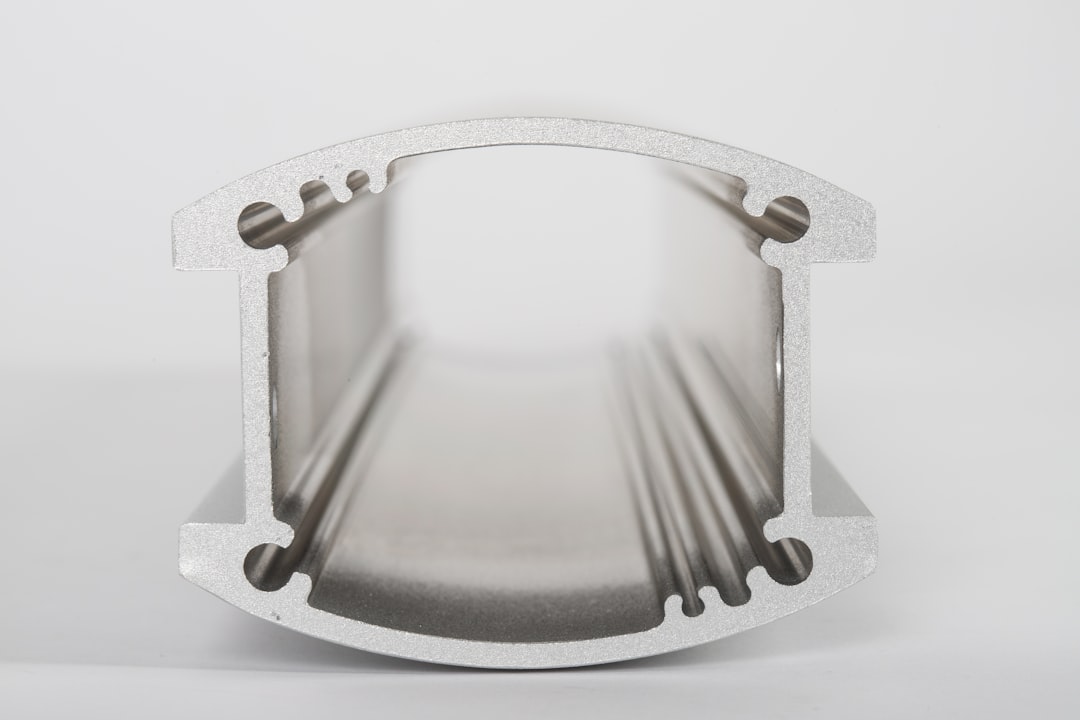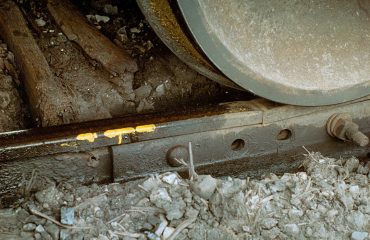body { font-family: sans-serif; line-height: 1.6; }
img { max-width: 100%; height: auto; display: block; margin: 20px auto; }
h1, h2, h3 { color: #333; }
Steel. The very word conjures images of strength, resilience, and enduring power. But beyond its inherent properties lies a world of astonishing versatility. This visual gallery explores the myriad ways steel shapes our world, from the towering skyscrapers that pierce the sky to the intricate components within our everyday devices. Prepare to be amazed by the sheer scope of steel’s applications.
1. Steel in Construction: Skyscrapers and Beyond

Steel’s high tensile strength and adaptability make it the backbone of modern construction. From the iconic Eiffel Tower to the breathtaking Burj Khalifa, steel frameworks provide the structural integrity needed for towering skyscrapers. But its role extends far beyond these monumental structures. Steel is crucial in the construction of bridges, stadiums, high-rise buildings, and even smaller residential structures. Its ability to be easily formed and welded allows for complex designs and efficient construction processes. The image above showcases a modern skyscraper, a testament to steel’s ability to reach for the sky. Furthermore, steel’s durability ensures long-lasting structures, minimizing maintenance and maximizing lifespan.
2. Steel in Infrastructure: Roads, Bridges, and Railways

Our global infrastructure relies heavily on steel. Steel beams, girders, and rails form the foundation of our road networks, railway systems, and bridges. The strength and durability of steel ensure that these crucial arteries of transport can withstand heavy loads and harsh weather conditions. Steel’s resistance to corrosion, when properly treated, further extends the lifespan of these structures, saving time and resources on repairs and replacements. The image above shows a robust steel bridge, a critical component of our transportation infrastructure. The use of steel allows for the construction of long spans and complex designs, connecting communities and facilitating trade.
3. Steel in Manufacturing: From Cars to Appliances

Steel’s malleability and strength are essential in manufacturing a vast array of products. The automotive industry is a prime example, with steel forming the chassis, body panels, and numerous internal components of vehicles. Beyond automobiles, steel is used in the production of appliances, machinery, tools, and countless other manufactured goods. Its ability to be easily shaped, stamped, and formed allows for mass production and cost-effective manufacturing processes. The image above depicts a car manufacturing plant, showcasing the scale of steel’s use in this industry. Steel’s versatility ensures that products are both durable and affordable.
4. Steel in Energy: Power Generation and Transmission

The energy sector is increasingly reliant on steel. Wind turbines, a key component of renewable energy generation, utilize steel for their towers, blades, and supporting structures. Steel’s strength allows these turbines to withstand the immense forces of wind, ensuring efficient and reliable energy production. Furthermore, steel plays a crucial role in the construction and maintenance of power plants, transmission lines, and pipelines. Its durability and resistance to extreme temperatures make it ideal for these demanding applications. The image above showcases a wind turbine, a prime example of steel’s contribution to renewable energy.
5. Steel in Specialized Applications: Medical, Aerospace, and More

Steel’s applications extend beyond the commonly known uses. In the medical field, stainless steel is used in the creation of surgical instruments, implants, and medical equipment due to its biocompatibility and resistance to corrosion. The aerospace industry utilizes high-strength steel alloys for critical components of aircraft and spacecraft, demanding exceptional strength and lightweight properties. Other specialized applications include the construction of oil rigs, pipelines, and even artistic sculptures. Steel’s adaptability allows it to meet the unique demands of diverse industries, constantly pushing the boundaries of innovation. The image above displays medical equipment, highlighting steel’s crucial role in healthcare.
This visual gallery only scratches the surface of steel’s vast applications. Its enduring strength, versatility, and recyclability solidify its position as a fundamental material in shaping our modern world. As technology advances, we can expect even more innovative uses of this remarkable metal.
SEO-Friendly Tags:
- Steel Applications
- Steel Uses
- Industrial Steel
- Construction Steel
- Steel in Infrastructure
“`
Remember to replace the placeholder image URLs (`placeholder_skyscraper.jpg`, `placeholder_bridge.jpg`, etc.) with actual image URLs. You’ll also want to optimize the images for web use to ensure fast loading times.




